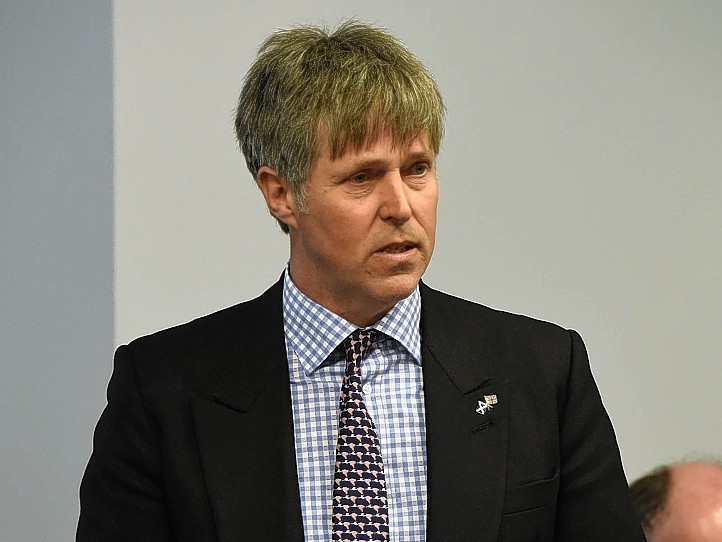Lairds and gamekeepers yesterday clashed with animal rights activists over the findings of a 10-year study into a driven grouse moor and birds of prey.
Landowners, keepers and country sports enthusiasts hailed the project as “ultimate proof” of the conservation benefits of grouse moor management after bird populations rose and heather loss recovered.
But yesterday’s report into the Langholm Moor Demonstration Project (LMDP) also found that not enough grouse were produced on the land for commercial shooting.
The LMDP was established to find out if a grouse moor in the south of Scotland could be commercially viable while protecting hen harriers and other raptors.
Grouse shooting has become an emotive political issue, with Labour calling for “robust” licencing of moors and Revive, the animal rights coalition, arguing for a move away from blood sports.
The LMDP’s objective was to establish the land as a driven grouse moor while meeting conservation objectives and was funded by the landowners Buccleuch, Scottish Natural Heritage, the Game and Wildlife Trust, RSPB and Natural England.
A report into the project published yesterday said some elements were “markedly successful”, including the reversal of decades of heather loss.
Gamekeepers were observed managing the land during the research, which found that predator control enabled the recovery of birds such as snipe, curlew and golden plover.
But the report warned the “gamekeeper management” which resulted in the improvements “could not be afforded in the long run” because there were “insufficient” grouse available to be shot to achieve an economic return.
Red grouse numbers increased with a four to five-fold increase in density from 2008 to 2014, but there was then a decline by almost half.
The best grouse breeding years were those when foxes and crows were “suppressed”.
Diversionary feeding of hen harriers reduced the number of grouse chicks brought to the raptors’ nests.
Despite this, the report “Managing Moorland for Birds of Prey and Red Grouse” said the “key losses” of grouse still seemed to be down to predators.
It said “new legal predation management options” could be needed for further grouse recovery.
The British Association for Shooting and Conservation, Scottish Countryside Alliance, Scottish Gamekeepers Association, Scottish Association for Country Sports, Scottish Land & Estates, Moorland Association & National Gamekeepers’ Organisation issued a statement saying the project was “ultimate proof” of the “important conservation value” of grouse moor management.
Highlands Tory MSP Edward Mountain added: “If we do not manage predation through best practice, then populations of vulnerable species crash.”
But Revive campaign manager Max Wiszniewski claimed grouse shooting was “not morally sustainable”.
“The focus of the project was predominantly on illegal killing of birds of prey and showed that where these birds of prey are not illegally killed, driven grouse shooting was commercially unsustainable,” he said.










